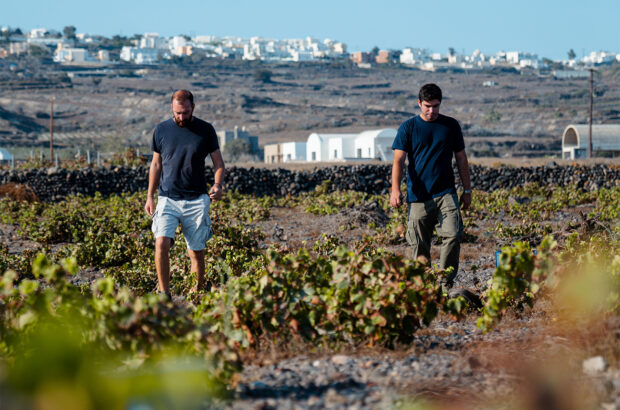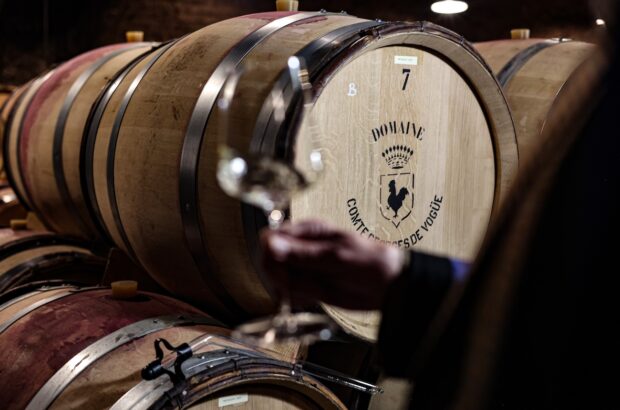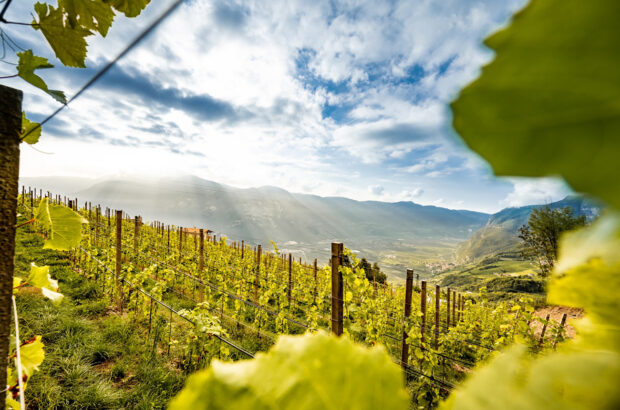Humboldt County may be best known more by reputation spread by word of mouth. Cannabis, its key crop, and legal in California, is listed as a Schedule I drug by the US Federal Government.
A coastal region, Humboldt County is located about a four-hour drive north of San Francisco, and is renowned worldwide for historically growing high quantities of cannabis. Images abound of the Netflix series Murder Mountain and the infamous DEA raids of growers in the 1980s and ’90s. When it comes to quality of product, the region’s marijuana growers see a shadow of Humboldt’s days gone by.
Recently, the bulk cannabis industry has moved to the southern part of the state, where larger commercial brands produce distillate products, like vape pods, with very little thought given to growing the cannabis plant itself.
This mirrors the farming of bulk wine grapes in places like California’s Central Valley, in contrast to the small hands-on approach to viticulture in the state’s premier regions like Napa and Sonoma.

Cannabis flowers at Huckleberry Hills Farm. Credit: Ben Neff
Cannabis & Cabernet: Myriad similarities
When California legalised recreational marijuana in 2016, it also enforced new rules that made it impossible for any small farmer to sell their crop directly to a consumer, further removing consumers from the source of their weed.
Much like viticulture, small family farms have an uphill battle, with legacy growers still producing incredible examples of the crop. Chief among them may be Johnny Casali, whose second-generation Huckleberry Hills Farm not only grows excellent examples of cannabis flower but also develops genetics used by many of Humboldt’s top farmers. Consider UC Davis or Tablas Creek’s role in the American wine industry.
Manipulating genetics with cannabis is very similar to the practice of crossing wine varietals. In the same way that Cabernet Franc and Sauvignon Blanc crossed to create Cabernet Sauvignon, the cannabis strain Moroccan Peaches is a genetic cross between Spanish Barbara and Lemon Tree Skorange, themselves descendants of historic cannabis strains from Afghanistan and Morocco.
One could imagine a volume entitled Weed Strains as an excellent companion to Jancis Robinson et al.’s Wine Grapes.
Tales of terroir
Similar to wine, cannabis production can take on multiple stylistic forms, and terroir makes a considerable difference in the end product.
‘In my early days of cannabis growing, it didn’t take long to realise that unique elements of place played an extremely important part,’ explains longtime Humboldt grower Griffin Bramble. ‘The microclimate, the soil, the cool nights versus warm nights. It plays a major role in how much resin is packed on the plants and the flavour created from the unique soils and microbes living within them, and it is definitely what guided me to the location of my current farm after working in many different locations throughout Northern California.’
‘Looking at the Anderson Valley in Southern Mendocino County, I learned how the fog interacts with the heat. In eastern regions like Trinity County, I saw the magic of inland heat, playing with the coastal air coming from the ocean. It taught me what elements of microclimate and location were most ideal. This led me to my current location, at 5,000 feet (1,500m) elevation in SE Humboldt County, I found the terroir I had been searching for, and every season I’ve grown, I have seen it expressed in my flowers in a unique way.’

Trinity County, and the inland mountains of Northern California. Credit: Camp Photo / iStock / Getty Images Plus
But why are farms with such high-quality and site-specific products struggling?
Tough on small producers
As Casali puts it, ‘Consumers want to develop a direct relationship with farmers and know more about the product that they’re about to consume.’ The answer, unfortunately, lies in the inability of the cannabis marketplace to accommodate high-end small producers.
Dylan Mattole, another legacy Humboldt grower, says that ‘most farmers are really in survival mode. Demand for high-quality cannabis is still out there, but with fewer local distributors and a lack of retail outlets, it’s not easy for anyone.’
Small wine producers in the Napa Valley are unfortunately facing similar issues. In September, three small wine producers sued Napa County for prohibiting them from legally hosting tastings and events on their properties. This came after Napa County filed a public nuisance complaint against Hoopes Vineyard over wine tastings and other prohibited activities on its property. A federal judge has decided to await the state court proceedings between Napa County and Hoopes. There is another lawsuit targeted at Dalla Valley Vineyards, brought by neighbouring property owners over the legality of hosting trade tastings.
Hoopes Winery is alleged to owe Napa County over $8m for illegally hosting tasting experiences and events. Napa also recently banned Hoopes from hosting tastings or selling bottles onsite at the winery going forward. The county’s counter-argument is that small wineries, by definition, do not include hosting guests. Yet Napa County’s own municipal code states that agriculture by definition includes ‘sale of agricultural products grown, raised or produced on the premises’.

Credit: Tayfun Coskun / Anadolu via Getty Images
Policy problems
When asked about the potential DTC market for cannabis, Mattole says: ‘Gaining direct access to our consumers is our primary goal. Like wineries, we are selling the experience of our products and our region. Currently, we are very limited in how we can make that personal connection with our customers. Like with wine, this will require a policy change. The system now makes this type of direct engagement and sales nearly impossible.’
Similar to Napa, the future of Humboldt’s cannabis-centric economy may lie in fundamental policy changes from California’s government. Back in September, cannabis farmers from across California headed to the state Capitol in Sacramento to lobby for a bill that would have allowed small farms to sell directly to consumers.
But that bill was vetoed by California’s governor Gavin Newsom, who had promised to protect small Humboldt growers before legalisation during a visit to the county in 2015.
Small wineries across California also face similar political issues.
Owner of Hoopes Winery, Lindsay Hoopes, states of the current business climate: ‘If you want to fix this, you must look past the trade organisations and look at small business directly. Trade organisations tend to represent the big wineries but not protect smaller businesses. Different interest groups are at play, agriculture is a land game, and the more land you have, the more powerful you are.’
There is seemingly little relief on the horizon for boutique farms in Napa or Humboldt.
Declining Napa Valley tourism numbers have already led to multiple tasting room closings this calendar year. In Humboldt, there were once thousands of cannabis farms and now just a few hundred, with many more still at risk due to weak cannabis pricing across California’s marketplace.
But no matter the market, both Napa and Humboldt have their calling card, and for that, they will always be worthwhile for consumers of craft wine and cannabis. In the words of Johnny Casali, it’s the respective terroirs that ‘allow the plants to express themselves here, like no other place in the world’.







